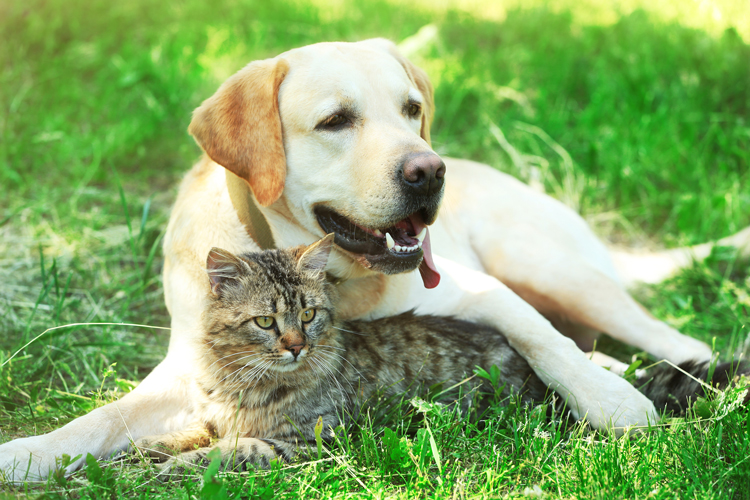Keeping Cool

The hot and humid spell Singapore has been experiencing lately is a reminder that we need to help our animal friends keep cool and healthy. Here’s how our friends keep themselves cool naturally, and how we can help them better.
Man’s best friend
In order to regulate their body temperature, dogs pant. Doing so allows them to cool their tongue, mouth, and respiratory system. Panting allows cool air to enter their body and cool the major and important blood vessels in the head. The large surface area of the tongue allows cooling through evaporation, which is important as dogs have fewer sweat glands than us.
‘Flat face’ dogs, such as the Pekingese and Pug are more sensitive to heat, and hence can be more susceptible to heat stroke. Some symptoms that your dog has heatstroke are, rapid and erratic breathing, dark red gums, disorientation or collapse. If you suspect your dog has heatstroke, you can help it by, moving the dog to a cooler area and placing some wet towels around its head and feet area. You can also provide some cool water for your dog, but do not force it to drink if it seems reluctant. Bring your dog to the vet as soon as possible for a full checkup.
Cool cats
Cats keep cool by seeking higher ground and generally following their instincts to stay indoors or in the shade. As with dogs, ‘flat face’ breeds of cats are likely to experience the effects of heat sooner than other breeds. However, if they succumb to heat exhaustion, they will show signs such as panting, anxious pacing, lethargy and respiratory distress. In such a situation, immediately immerse your cat in cool water and proceed to wrap it in wet towels. Take your cat to the vet as soon as you can.
The winged ones
Our flying friends keep themselves cool through evaporative cooling; they get themselves wet and then allow the water to evaporate off their bodies, cooling them down. They also take flight as flying gives them some air movement which also helps to cool them down. A bird that is experiencing heat exhaustion will hold its wings out, away from its body, and breathe with an open mouth. It will also appear anxious and if untreated, can even begin to convulse. To bring the temperature of the bird down, keep its feet cool and mist its body with cool water.
Furry critters
Rodents beat the heat by following their instinct to burrow and hide from the warm surface. They are also nocturnal creatures, conserving their energy during the warm daytime and being active during cool nights. However, domesticated rodents may not have the luxury of being able to burrow a hole in the ground and escape the heat. Rodents with heat exhaustion show signs of panting and might become slow or lethargic in movement. If this happens, quickly move them to a cooler area and wet them with water, you may also want to bring them to the vet for a proper examination or intervention.








